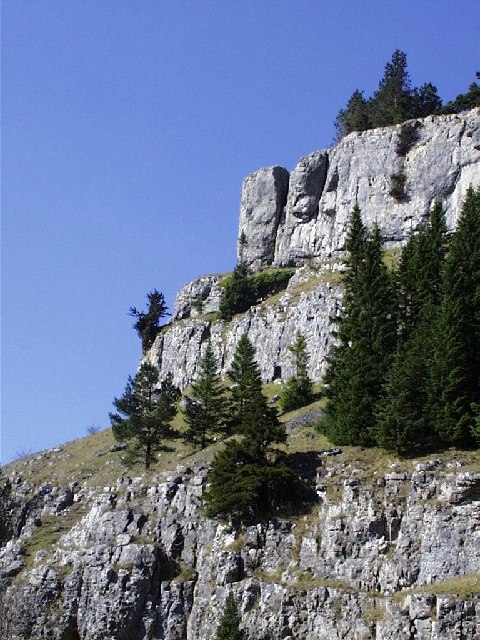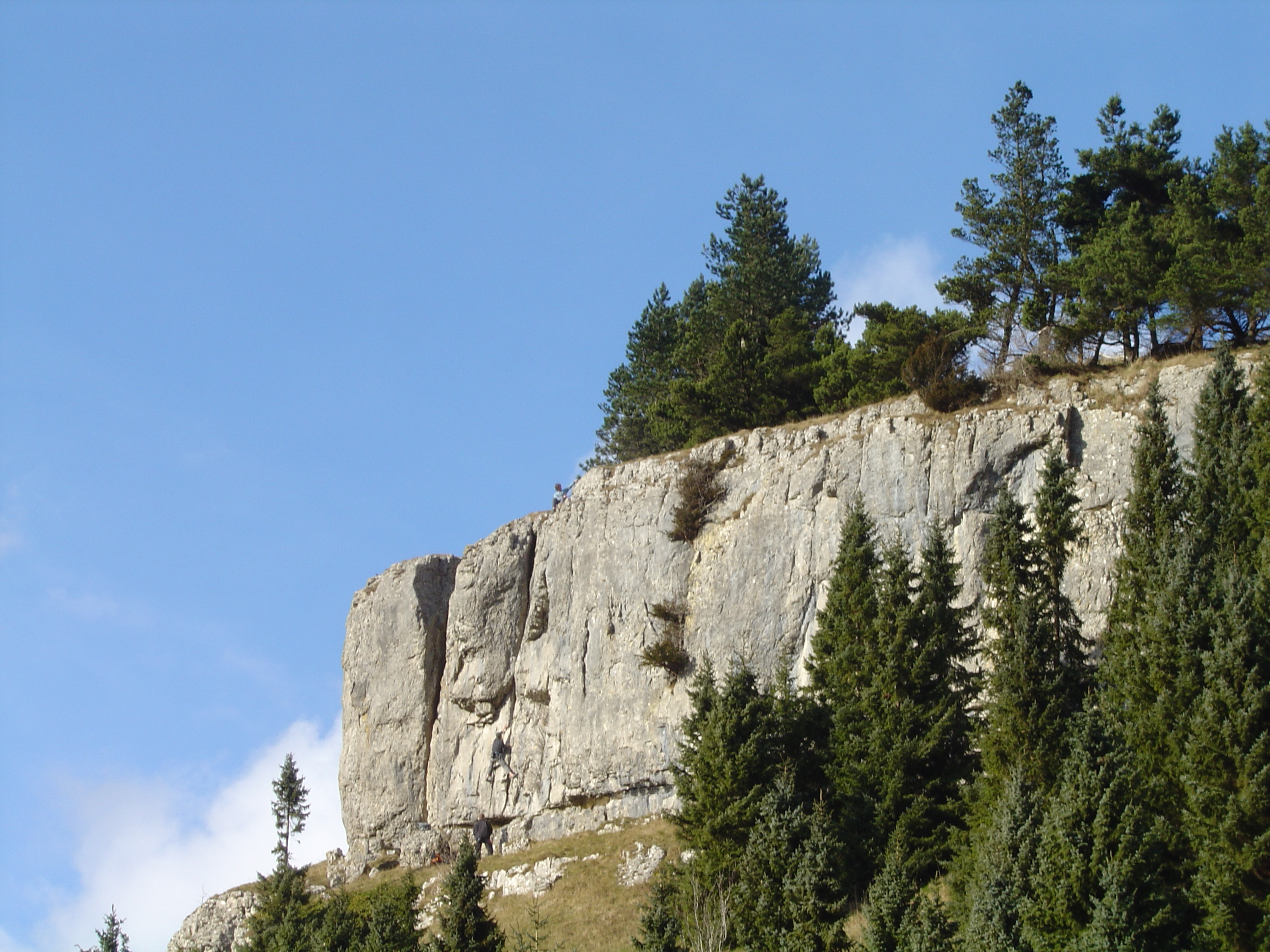Cefn y Cist
Hill, Mountain in Denbighshire
Wales
Cefn y Cist

Cefn y Cist is a prominent hill located in the county of Denbighshire, Wales. It stands at an elevation of approximately 490 meters (1,608 feet) above sea level and is part of the Clwydian Range and Dee Valley Area of Outstanding Natural Beauty.
The hill is situated near the village of Llanbedr-Dyffryn-Clwyd and offers breathtaking panoramic views of the surrounding countryside. Its commanding position makes it a popular destination for hikers, nature enthusiasts, and photographers. On a clear day, visitors can admire the stunning vistas stretching across the Vale of Clwyd, the River Clwyd, and the nearby hills.
Cefn y Cist is characterized by rolling hillsides covered in grassland and heather, interspersed with patches of woodland. The area is rich in biodiversity, hosting a variety of flora and fauna. It is home to numerous species of birds, including kestrels, buzzards, and peregrine falcons, which can often be seen soaring overhead.
The hill offers several walking trails, ranging from gentle strolls to more challenging hikes. The Cefn y Cist Trail, a circular route of approximately 8 kilometers (5 miles), takes visitors through the hill's diverse landscapes, offering opportunities to spot wildlife and enjoy the tranquility of the countryside.
Cefn y Cist provides a peaceful retreat for those seeking to escape the hustle and bustle of everyday life. Its natural beauty, coupled with its accessibility, makes it a popular destination for both locals and tourists alike, offering a chance to immerse oneself in the stunning landscapes and experience the serenity of the Welsh countryside.
If you have any feedback on the listing, please let us know in the comments section below.
Cefn y Cist Images
Images are sourced within 2km of 53.025758/-3.1300862 or Grid Reference SJ2448. Thanks to Geograph Open Source API. All images are credited.







Cefn y Cist is located at Grid Ref: SJ2448 (Lat: 53.025758, Lng: -3.1300862)
Unitary Authority: Wrexham
Police Authority: North Wales
What 3 Words
///linen.goodnight.loves. Near Rhosllanerchrugog, Wrexham
Nearby Locations
Related Wikis
Ruabon Moors
The Ruabon Moors are an area of upland moorland in Wales to the west of Ruabon and Wrexham. They lie partly within Wrexham County Borough and partly within...
Craig y Forwyn (Denbighshire)
Craig y Forwyn ("Maiden's Crag") is a crag that encloses the northern side of World's End, near the town of Llangollen in Denbighshire, Wales. It is part...
World's End, Denbighshire
World's End (Welsh: Pen Draw'r Byd) is a narrow vale located between Wrexham and Llangollen in Denbighshire, Wales. It lies at the head of the Eglwyseg...
Esclusham Mountain
Esclusham Mountain (Welsh: Mynydd Esclus or Mynydd Esclys) is an area in Wrexham County Borough, Wales, United Kingdom, and is part of the Ruabon Moors...
Nearby Amenities
Located within 500m of 53.025758,-3.1300862Have you been to Cefn y Cist?
Leave your review of Cefn y Cist below (or comments, questions and feedback).













